The peak of NEX α NEX-7
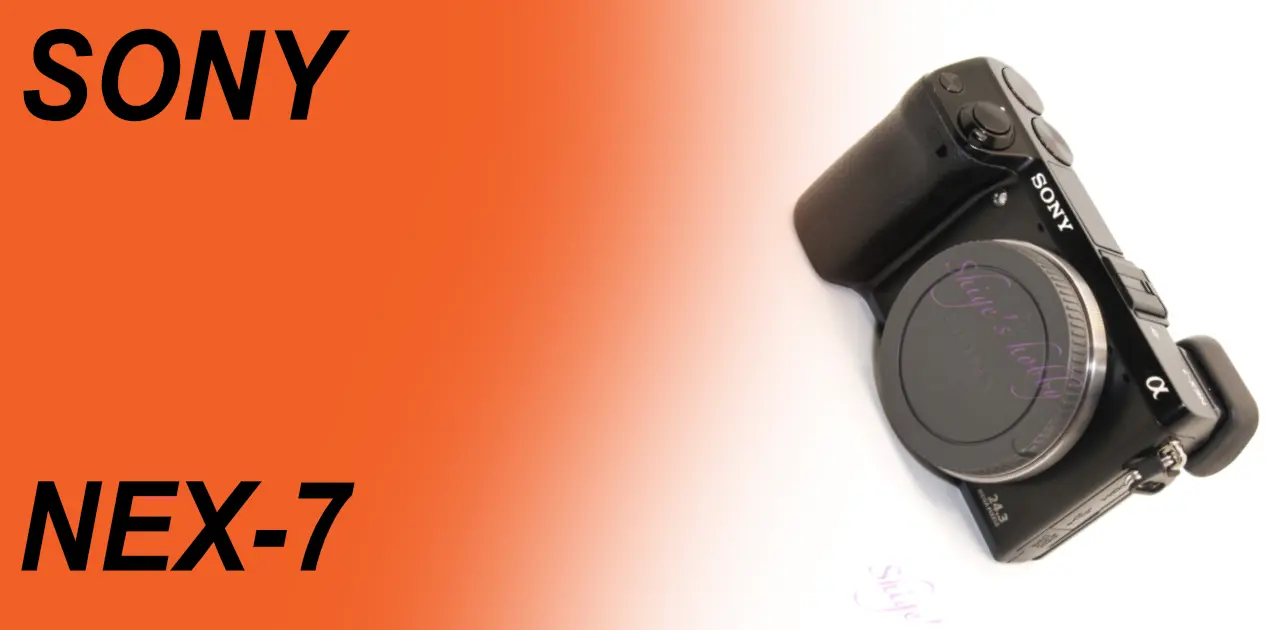
A review and photo examples of the SONY α NEX-7.
Table of contents
Gallery
- The following lenses were used in the photo examples:
- SIGMA 400mm HSM
- SIGMA EX DG 24-70 HSM
- Rollei Toriotar 40mm
Review
On the left is the “SONY α NEX-7 + VARIO SONNAR 24-85 (EF modified) + Metabones Speed Booster ULTRA x0.71”
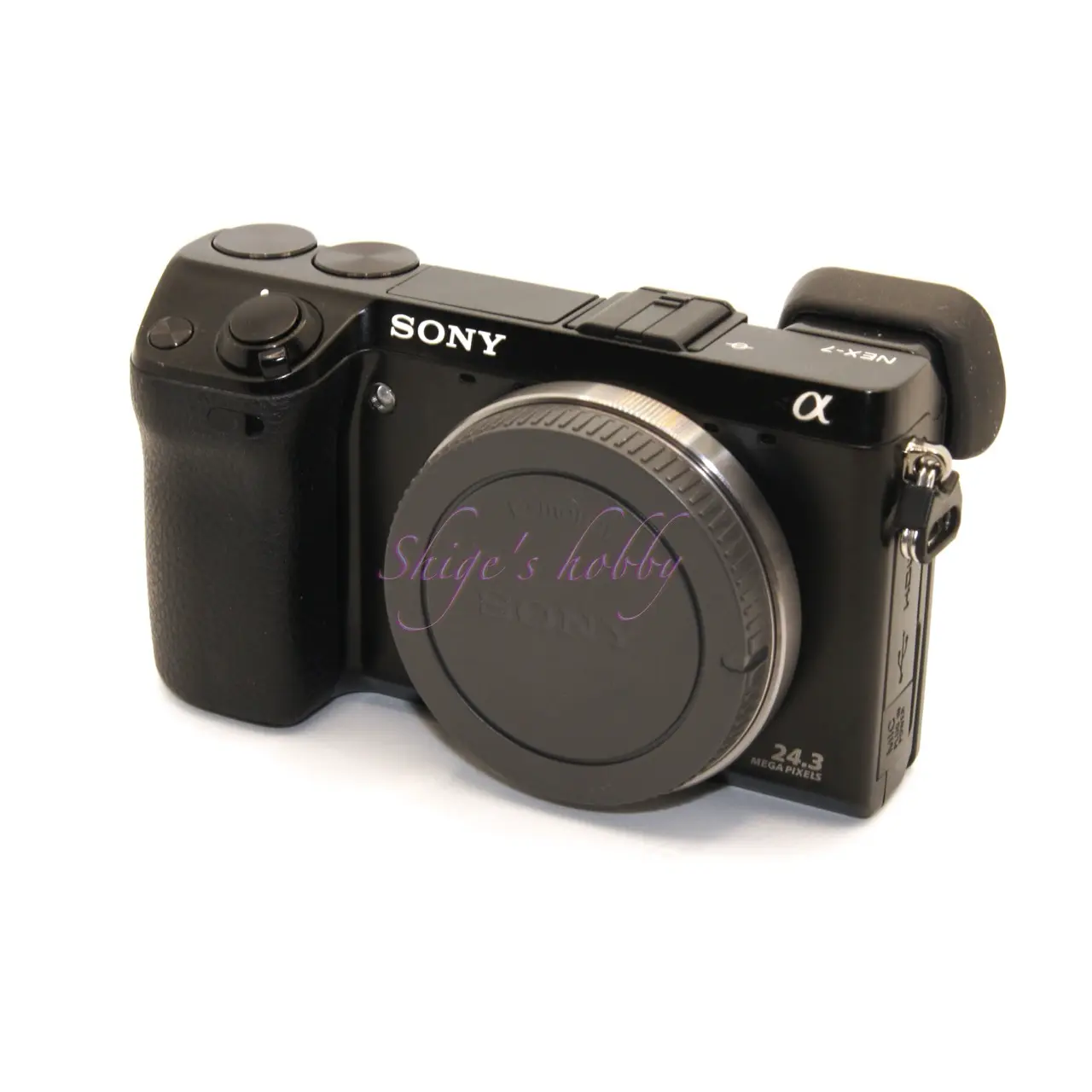
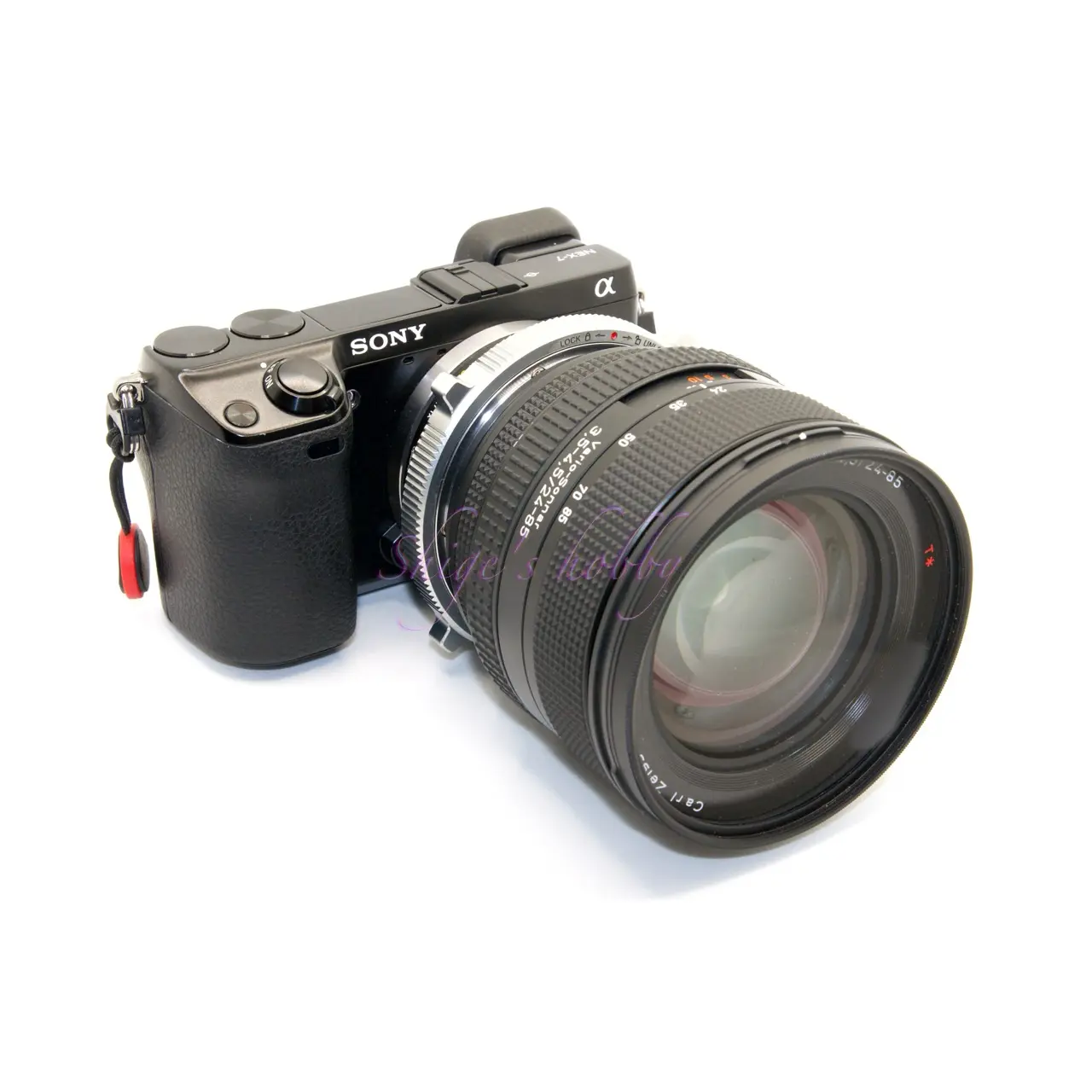
1.Overview
The NEX-7 is a mirrorless camera with an LCD viewfinder (EVF) released by Sony in 2011. The sensor pixel count is 24 megapixels, which remains the highest pixel count for Sony’s APS-C size sensor, and as of 2024, it is the camera that has reached the pinnacle of pixel count.
The detailed specifications of the camera are listed in the table below, but other than the pixel count, the main specifications are a 2.36 million dot EVF, a 3-inch 920,000 dot rear LCD, and a size of 120 x 67 when viewed from the front, which is smaller than a smartphone. Of course, since it is a camera, the grip part has depth, and it becomes quite large when a lens is attached.
The LCD monitor can be adjusted up and down and can be changed from 0 to 90 degrees, but it cannot be rotated 180 degrees for selfies or changed as flexibly as a vari-angle LCD.
The battery is the NP-FW50, which is common to the NEX series.
2.Usage
The NEX-7’s operation is relatively flexible thanks to the camera’s selling point, the interface called “Tri-Dial Navi” and “Triple Dial Control”, which allows you to assign shooting functions to the camera in a relatively flexible manner, and if you set it to your liking, it will be easy to use and satisfying.
I bought the NEX-7 to replace the NEX-6. The most welcome improvement in this successor camera is that the exposure compensation, which was a pain with the NEX-5 and NEX-6, can be assigned to the rightmost dial.
This allows you to set the exposure when shooting with one operation, and it is much easier to use.
I don’t like the NEX-5 and NEX6 because it requires two operations, as you have to press the bottom of the dial on the back and then turn the dial.
I think that the NEX-7 is worth it just for this improvement.
Menu processing, image saving, and other camera processing are smooth and will not be too stressful even if you use it in 2025.
The NEX-7 is equipped with an early 24-megapixel sensor, so the image creation is not sophisticated.
This sensor is difficult to handle because of the high probability of false color generation and color cast depending on the lens. In particular, when using an old lens with a rear lens close to the sensor, a purple color cast occurs in the periphery, even though it is an APS-C size sensor. An example of color cast is introduced here in Ms-optics APOQUALIA 28mm.
Because it is an APS-C size sensor, you can also use a focal reducer adapter to widen the shooting angle.
I used Metabones Speed Booster ULTRA x0.71 and KIPON BAVEYE 0.7, and the shooting results are based on the performance of the original lens, and the bokeh in the periphery may not be beautiful, but there is no decrease in overall sharpness, so it is quite practical depending on the shooting purpose.
Since there is no in-body image stabilization, the body is light and the shutter can be pressed easily, so you need to be careful of camera shake when playing with lenses via a mount adapter.
Below is NEX-7 +KIPON BAVEYE 0.7 +LEICA SUMMICRON R 35mm 2nd
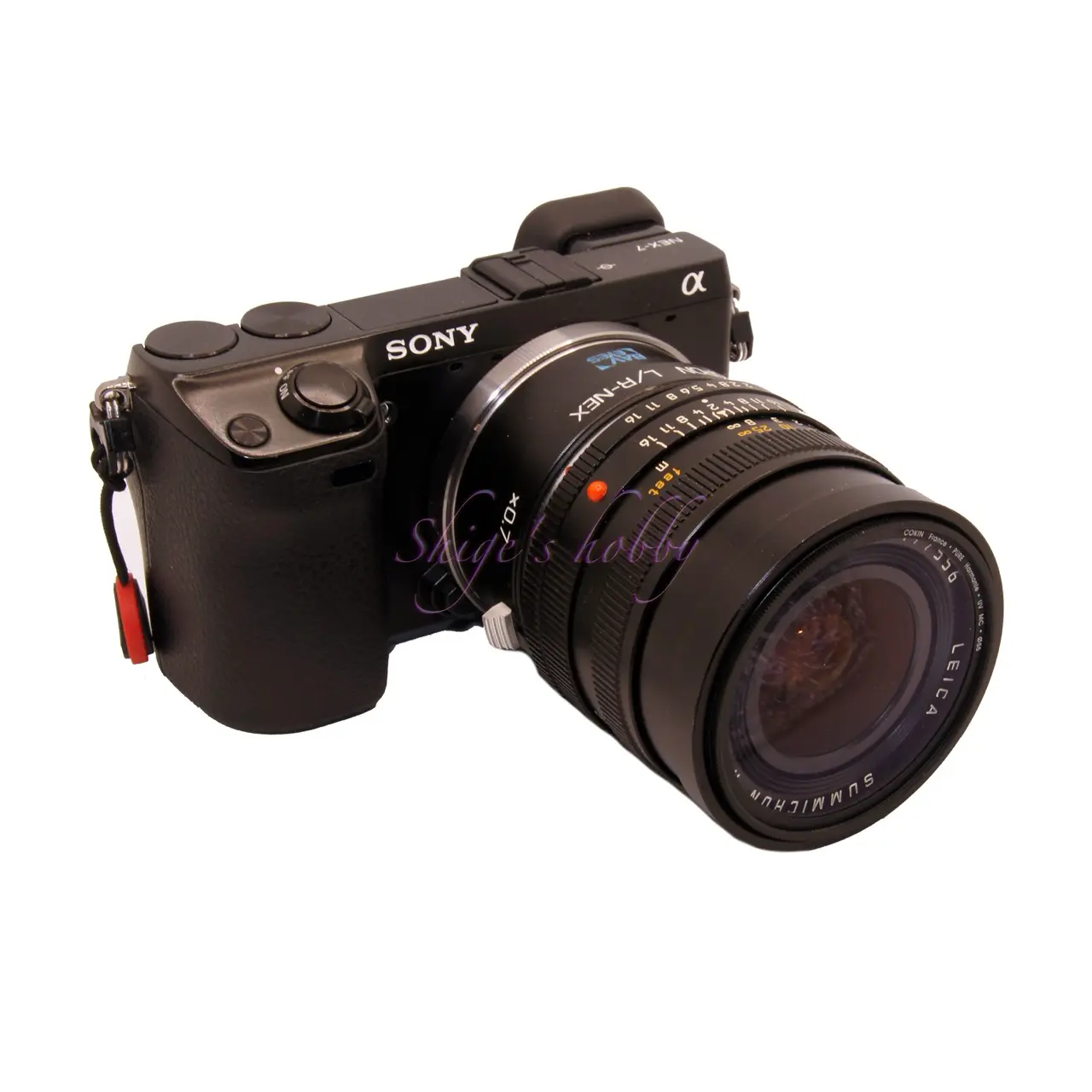
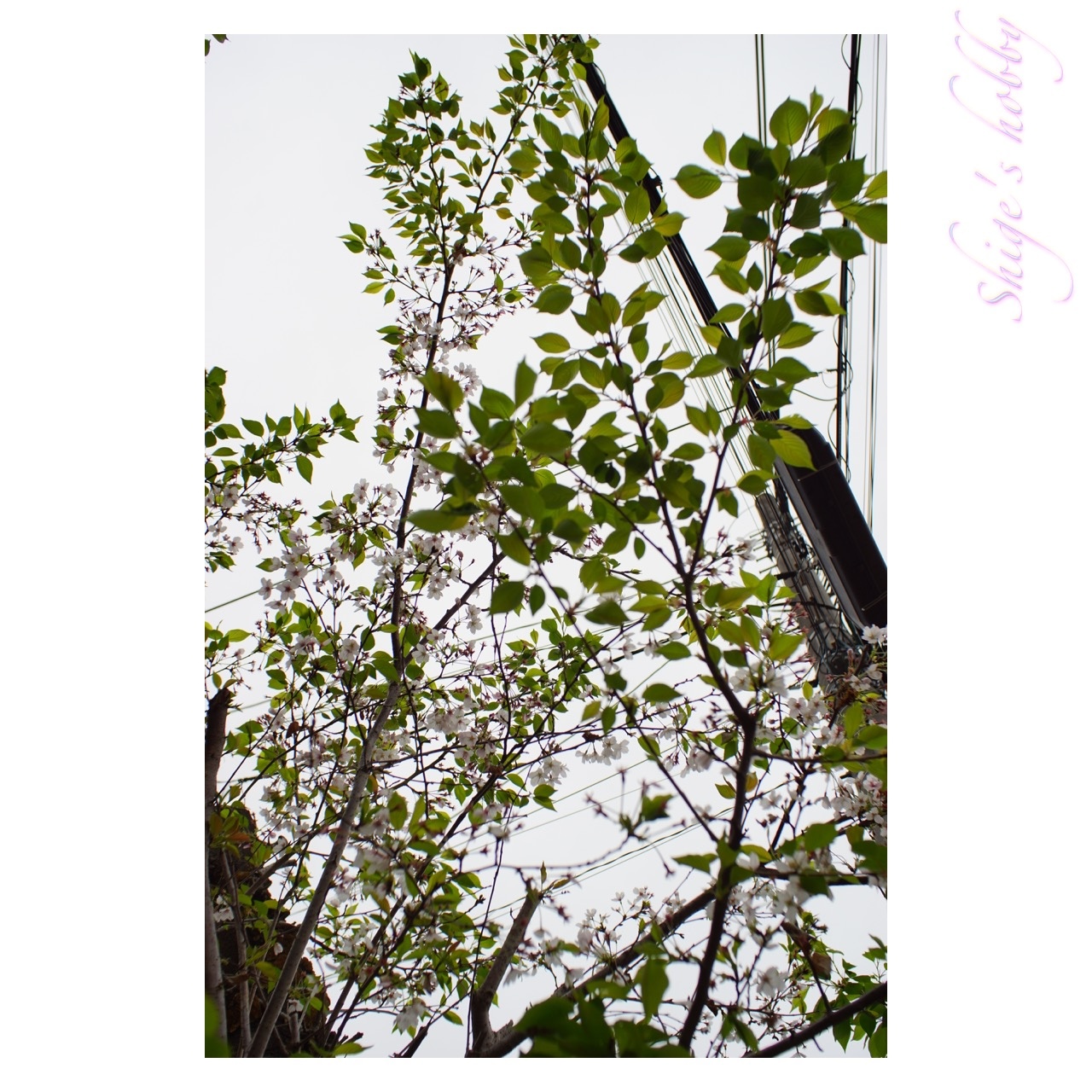
The battery is the NP-FW50, which is common to the NEX series, and perhaps to maintain the camera’s processing speed mentioned above, the battery life is not that good. I feel uneasy if I don’t carry a spare battery with me when shooting.
That’s one of the complaints, but I like the fact that the battery model number is the same.
During the days of compact digital cameras and CyberShot, Sony, like Canon, Panasonic, and Nikon, which sold a lot of cameras, had a wide variety of batteries, so it is one of the manufacturers that makes it difficult to obtain batteries for older cameras.
The flash connection part uses the same auto-lock accessory shoe as the SLR α camera, so you need to choose a flash with a model number that ends with AM.
The successor APS-C size sensor is likely to have been improved in various ways, so I would like to try the α6500, which can share the battery and has an in-body image stabilization mechanism.
3.Summary
In conclusion, the NEX-7 is a camera with a strong experimental element, with a peaky 24MP sensor, a Tri-Dial Navi without a display, and an old accessory shoe.
The basic performance of the camera is high, so it can still be used as a camera in 2025. However, it is important to be aware that the autofocus speed and accuracy are definitely inferior to newer cameras, and there is no function such as face recognition.
If you play around with a mount adapter, you will be using manual focus, so there is no need to worry about autofocus. In that case, the recommended lens is a DSLR lens with a long back focus.
As of 2025, there are a fair number of them on the used market, so if a good condition camera suits your purpose, it is a camera that is worth considering.
Specifications and series camera comparison
| Model name | NEX-7 | NEX-6 | α6500 |
| Effective Pixel number | 24.2-Mega pixcels | 16.1-Mega pixels | 24.3-Mega linpixels |
| Sensor size | APS-C 23.5 x 15.6mm | APS-C 23.5 x 15.6mm | APS-C 23.5 x 15.6mm |
| Back LCD Pixels | 3.0 921,000 dots | 3.0 921,000 dots | 3.0 921,000 dots |
| EVF | Include 2.36 million dots | Include 2.36 million dots | Include 2.36 million dots |
| Shake reducrtion | × | × | ○ |
| Max shutter speed | 1/4000 | 1/4000 | 1/4000 |
| Battery | NP-FW50 | NP-FW50 | NP-FW50 |
| Touch panel | × | × | ○ |
| WIFI | ○ | ○ | ○ |
| NFC | × | × | ○ |
| AF | Contrast | Contrast Image phase difference | Contrast Image phase difference |
| accessory shoe | Auto-locking accessory shoe | Multi Interface Shoe | Multi Interface Shoe |
| Recorded media | MS-Pro-Duo SDXC | MS-Pro-Duo SDXC | MS-Pro-Duo SDXC |
| Release date | 2011.8 | 2012.11 | 2016.12 |
| Size | 120 x 67 x 43 | 120 x 67 x 43 | 120 x 67 x 53 |
| Weight (body only) | 291 | 287 | 410 |
| Color | Black | Black | Balck |
Options
- HVL-F20AM (flash)
- HVL-F43AM (flash)
- HVL-F58AM (flash)
- LA series mount adapter
- Eyepiece cup FDA-EP10
- AC adapter AC-PW20
- Battery charger BC-TRW
Reference links
Update history
- 2025.4.11
- 2024.12.17
Affiliate Link
- SONY・Ads by Amazon
- Sony lens・Ads by Amazon
- Sony books.・Ads by Amazon

Leave a Reply